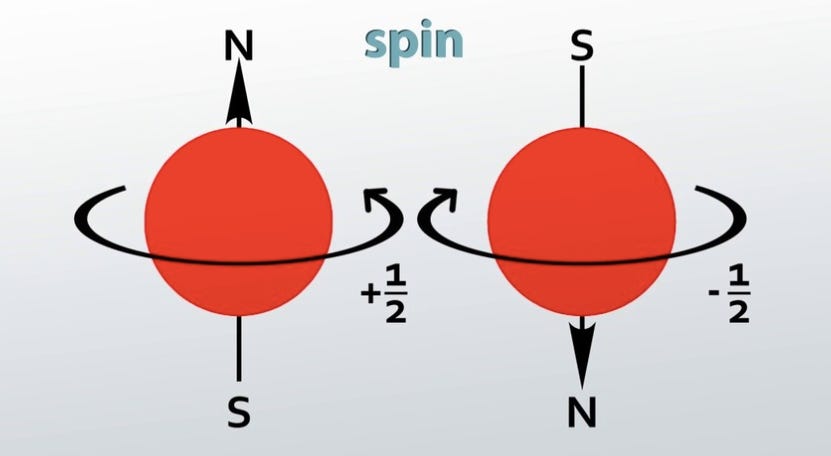The Stern-Gerlach Experiment
The experimental proof of space quantization in a magnetic field (1922)
Early on in the development of quantum mechanics, Niels Bohr’s atomic model introduced the idea of quantized energy levels for electrons. Many aspects of atomic behavior, nonetheless, remained mysterious. One such question was whether the orientation of atomic angular momentum in space was also quantized.
This concept, known as space quantization, suggested that when atoms were placed in a magnetic field, their angular momentum or spin could only take on certain discrete orientations.
German physicists Paul Ehrenfest and Arnold Sommerfeld proposed that an atom’s magnetic moment, tied to its angular momentum, should align in specific directions relative to an external magnetic field. However, this was merely speculation until it was put to the test in the Stern-Gerlach experiment.
The Setup
Gerlach and Stern used a beam of silver atoms, which emerged from an electrically heated oven through a small aperture. Silver atoms were chosen because they have a single unpaired electron, making them ideal for detecting these quantum effects. Atoms that contain only paired electrons can obtain an overall angular momentum of zero due to the fact that the spins of these constituent electrons cancel each other out.
The beam then passed through a narrow slit into a region containing an inhomogeneous magnetic field. Fun fact, the electromagnet used in the original Stern-Gerlach experiment was funded by the Kaiser Wilhelm Institute, under the directorship of none other than Albert Einstein.
If the classical model held, the beam would form a continuous distribution on the detector plate. If space quantization played a role, the beam would split into discrete spots.
To maintain precision, Gerlach and Stern evacuated the chamber to a vacuum of 10^−5 mm Hg and used fine platinum apertures to collimate the atomic beam so that the atoms would move in parallel. After traveling through the inhomogeneous magnetic field, the silver atoms condensed on a glass plate, forming an observable pattern.




